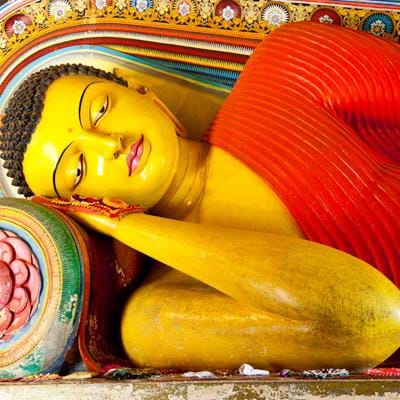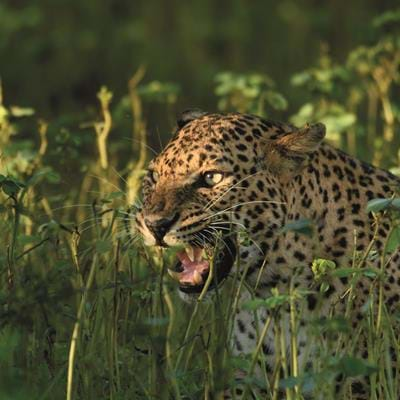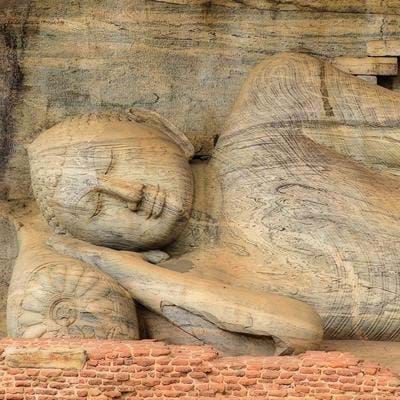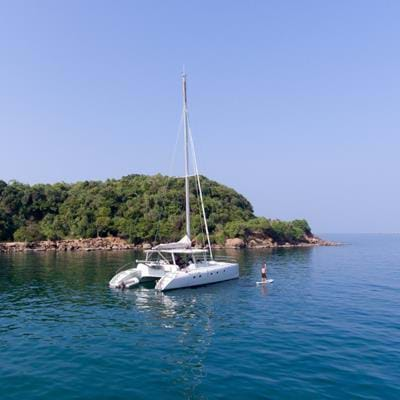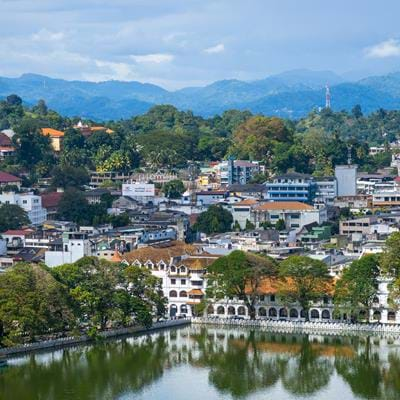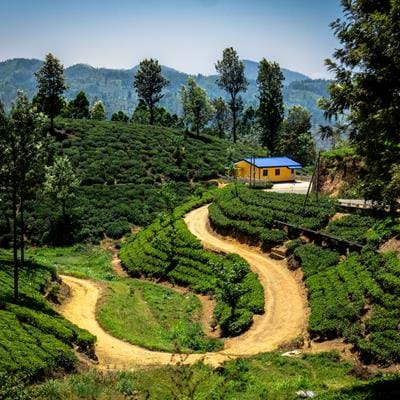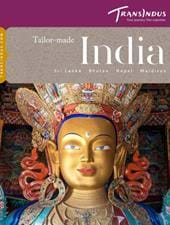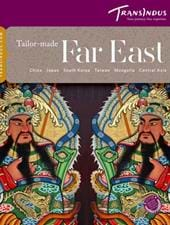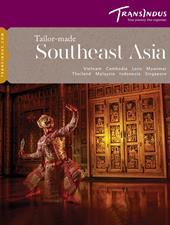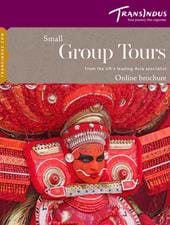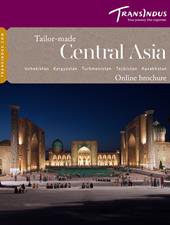What makes The Cultural Triangle so special
From the 4th century BC until 993 AD (when the island was conquered by invaders from India), Sri Lanka was ruled from a succession of visually imposing royal capitals at the centre of the island. Consisting of spectacular fortified palaces, huge dagobas, giant, serene-faced Buddhas and massive water tanks built to irrigate the surrounding fields, the ruins of these great urban centres are mostly scattered across a semi-arid plain dotted by dramatic outcrops of brown granite.
Collectively, these archeological treasures comprise one of the great storehouses of ancient monuments in the world, and should be considered ‘un-missable’, even if you’ve no more than a passing interest in Asian history. The sight of Sigiriya’s awesome rock, capped by its magical palace, is worth the journey alone.
To do the sites justice, we recommend basing yourself for a couple of nights in the region, which will enable you to visit the monuments first thing in the morning, before the bus parties from the coast arrive, and later in the afternoon, after they have all left and the heat is more tolerable.
Weather in the Cultural Triangle
This is the hottest, driest part of Sri Lanka. Most of its rain falls in dramatic deluges between November and January. Lighter showers occur in May and June.
